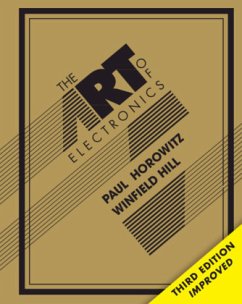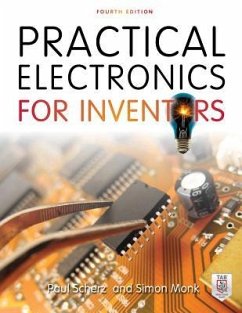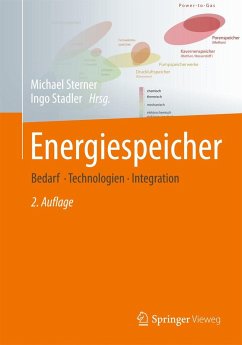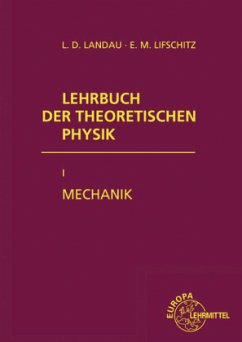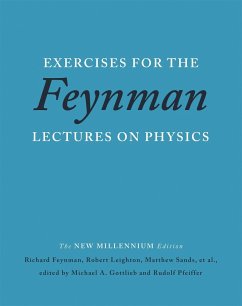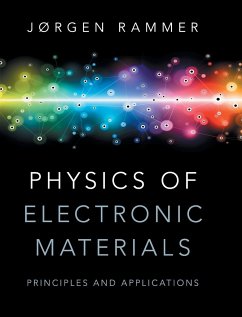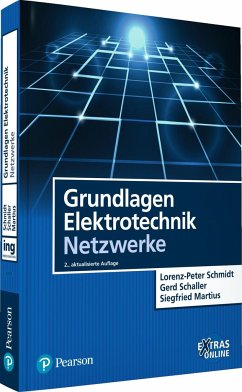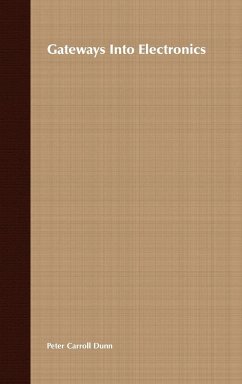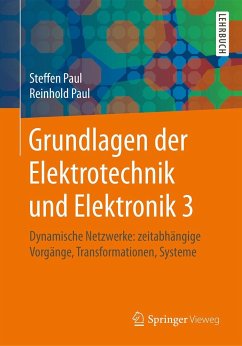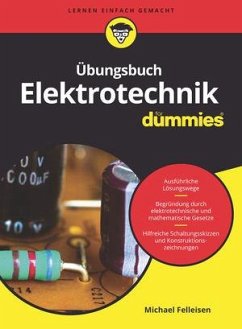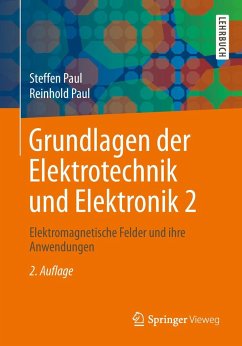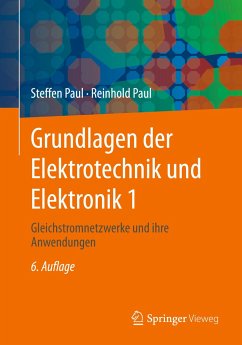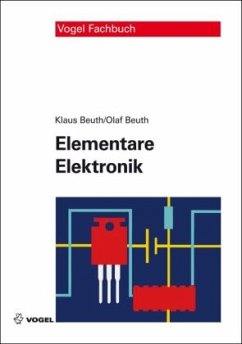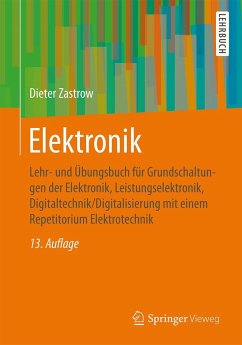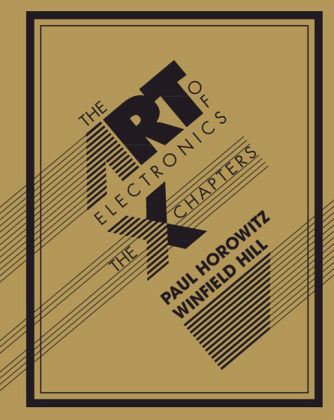
The Art of Electronics: The x Chapters
Versandkostenfrei!
Versandfertig in 1-2 Wochen
52,99 €
inkl. MwSt.

PAYBACK Punkte
26 °P sammeln!
The Art of Electronics: The x-Chapters expands on topics introduced in the best-selling third edition of The Art of Electronics, completing the broad discussions begun in the latter. In addition to covering more advanced materials relevant to its companion, The x-Chapters also includes extensive treatment of many topics in electronics that are particularly novel, important, or just exotic and intriguing. Think of The x-Chapters as the missing pieces of The Art of Electronics, to be used either as its complement, or as a direct route to exploring some of the most exciting and oft-overlooked top...
The Art of Electronics: The x-Chapters expands on topics introduced in the best-selling third edition of The Art of Electronics, completing the broad discussions begun in the latter. In addition to covering more advanced materials relevant to its companion, The x-Chapters also includes extensive treatment of many topics in electronics that are particularly novel, important, or just exotic and intriguing. Think of The x-Chapters as the missing pieces of The Art of Electronics, to be used either as its complement, or as a direct route to exploring some of the most exciting and oft-overlooked topics in advanced electronic engineering. This enticing spread of electronics wisdom and expertise will be an invaluable addition to the library of any student, researcher, or practitioner with even a passing interest in the design and analysis of electronic circuits and instruments. You'll find here techniques and circuits that are available nowhere else.




